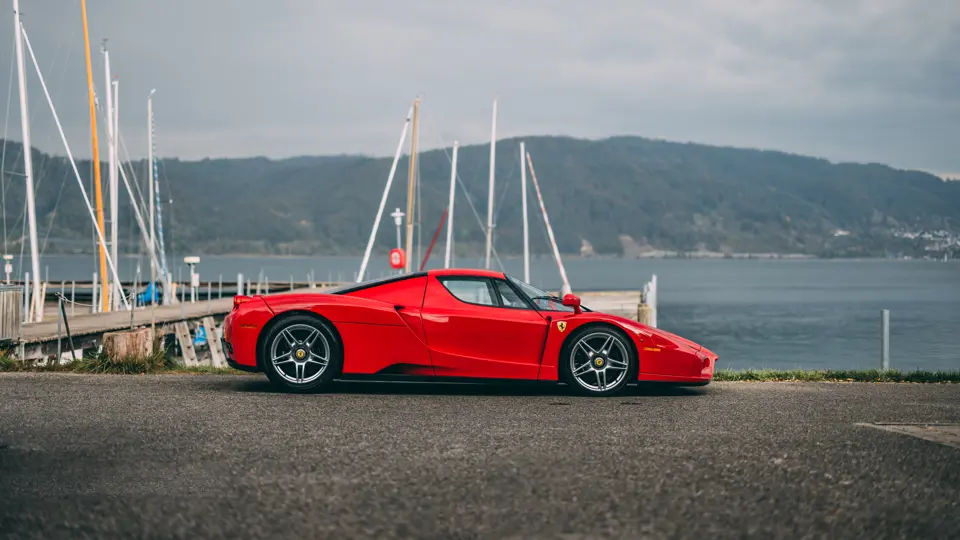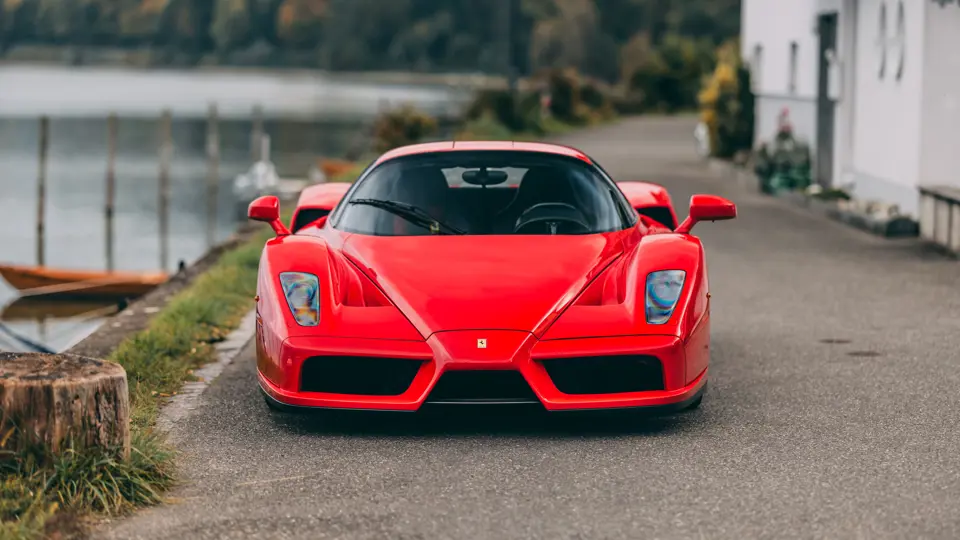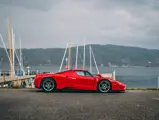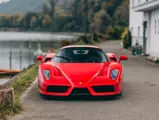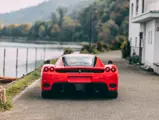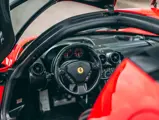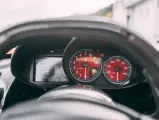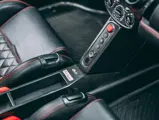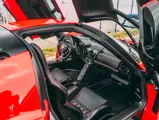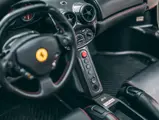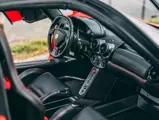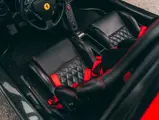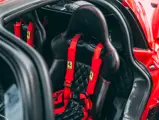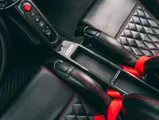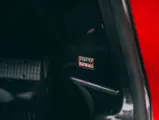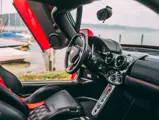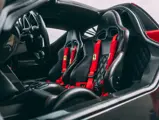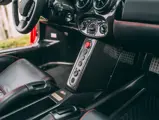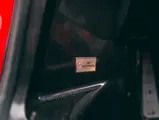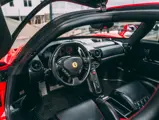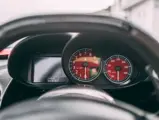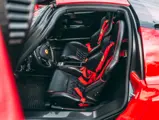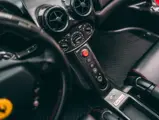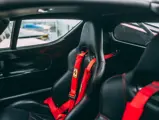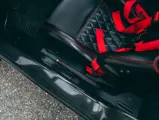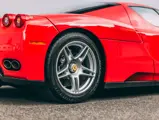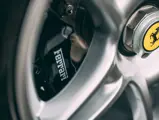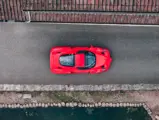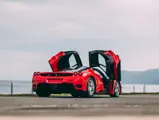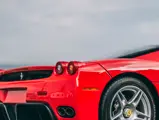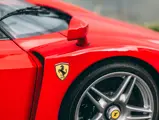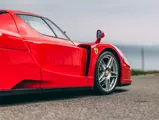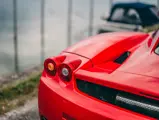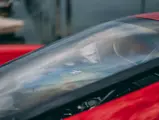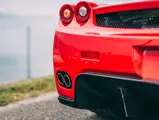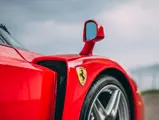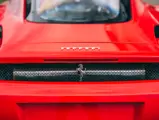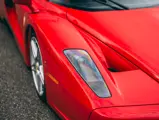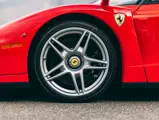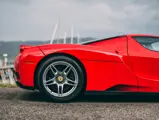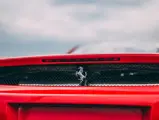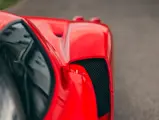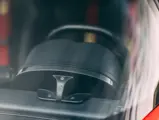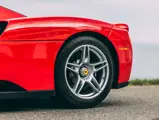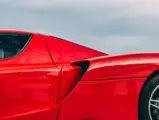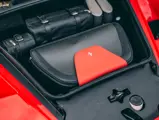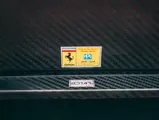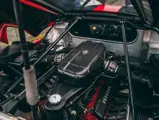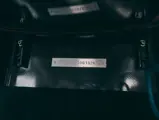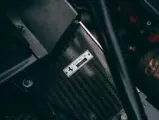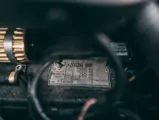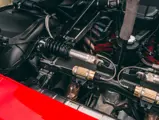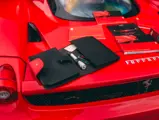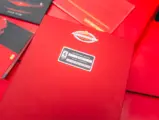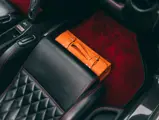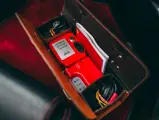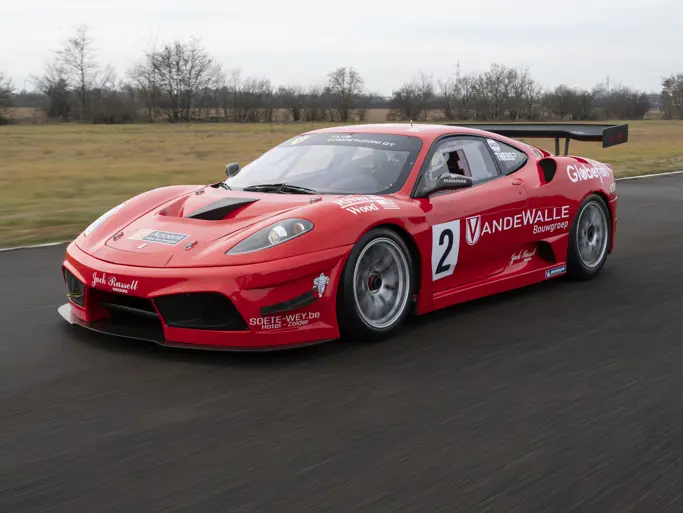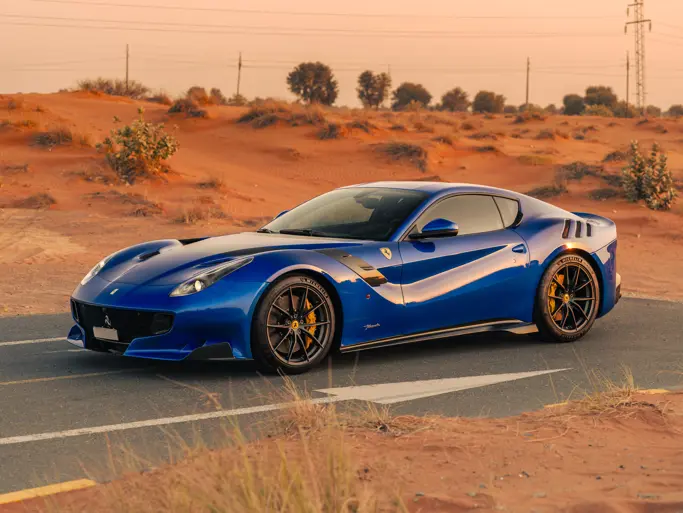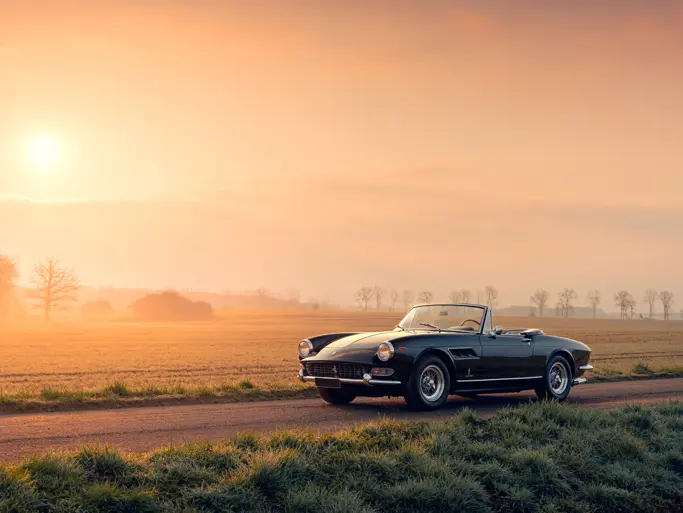
2003 Ferrari Enzo
{{lr.item.text}}
€3,000,000 - €3,500,000 EUR | Not Sold
{{bidding.lot.reserveStatusFormatted}}
- Ferrari’s last naturally aspirated hypercar, and the most powerful production car in the world when new
- Heavily influenced by Ferrari’s Formula 1 race programme, with advanced aerodynamics and F1-inspired gearbox and controls
- Ferrari Classiche certification awarded in November 2009
- Odometer reads a mere 15,102 kilometres
- Offered with Ferrari books and manuals
- Dernière hypercar Ferrari à moteur atmosphérique, et voiture de série la plus puissante du monde lors de sa présentation
- Largement influencée par le programme Ferrari de Formule 1, avec une aérodynamique d'avant-garde, et une boîte de vitesses et des commandes inspirées de la F1
- Certification Ferrari Classiche attribuée en novembre 2009
- Compteur affichant 15 102 km
- Vendue avec ses manuels et carnets Ferrari
When Ferrari launched the Enzo in 2002, it was to be the company’s last naturally aspirated hypercar, and also its most powerful, producing 650 brake horsepower at a searing 7,800 rpm. The headline figure was fitting for a car that had so much to prove, being the latest in a series of legendary pinnacle Ferraris, which already comprised the 288 GTO, F40, and F50.
Technologically, though, the Enzo was in a different league compared to its forebears, and was heavily influenced by Ferrari’s Formula 1 racing programme. Unlike the F40 and F50, the Enzo eschewed the need for a rear wing (though an automatic spoiler was still deployed at higher speeds), with its cleverly designed rear diffuser and flat under-body eliminating lift and producing significant downforce for the 350 km/h car. Underpinning the Enzo’s carbon-fibre body was race-derived suspension, consisting of pushrod-actuated dampers which could be adjusted by the driver, and double unequal-length wishbones all round. Carbon-ceramic Brembo brake discs front and rear reduced unsprung weight and provided exceptional resistance to fade.
At the heart of the Enzo was the world’s most powerful naturally aspirated engine. The Tipo F140 V-12 was an all-new design, with dual overhead camshafts in each cylinder bank, four valves per cylinder and a total displacement of 5,998 cubic centimetres. A dry sump allowed the engine to be set low in the Enzo’s chassis, and it sent drive to the rear wheels through Ferrari’s new, automated manual, six-speed F1 gearbox. The rear-mounted unit was key to the Enzo’s savage acceleration, with shift speeds of 150 milliseconds contributing to a 0 to 100 km/h time of just 3.65 seconds.
Like its predecessors, the Enzo was very much a pared-down race car for the road or track. All of its main interior surfaces—as well as the seats’ structures—were formed in carbon fibre, and the car did without electric windows and a stereo to save weight, which, at 1,480 kilograms overall, was remarkably low for a V-12-powered hypercar. Continuing the race-inspired cabin design was an F1-style steering wheel, containing various control buttons and gear-shift lights. The last Enzo was made in 2004, with Ferrari having produced a claimed 400 cars, the last of which was given to Pope John Paul II.
The Enzo offered here was completed by the factory in April 2003 and was taken to the UK by Maranello Concessionaires Ltd, later delivered to its first owner in the June of that year. The Enzo was finished in the timeless Ferrari colour pairing of Rosso Corsa over a Nero leather interior. The Ferrari’s first owner did not retain the Enzo for long and it was sold in November 2003 via the Charles Pozzi dealership in Paris with an odometer reading of 1,780 kilometres. It was subsequently registered in France and retained by its second owner for the next 17 years. In March 2009, while participating in the Rallye de Paris, the Enzo was involved in an accident as it spun, left the track, and was subsequently repaired. The car received Ferrari Classiche certification in November 2009. In 2020, the Enzo was listed for sale in Paris once again, when it was acquired by its consigning owner. At the time of cataloguing, the odometer read 15,102 kilometres, and the Enzo is offered with Ferrari books and manuals, a set of fitted luggage, toolkit, battery charger, and Ferrari Classiche “Red Book”. The Enzo was last serviced by Monaco Motors, the official Ferrari service centre, in November 2021.
Bearing all the hallmarks of the model’s superlative qualities, including advanced Formula 1-inspired engineering, aerodynamically perfected coachwork design by Pininfarina, and truly visceral performance, this beautiful Enzo would make a fantastic addition to any sporting collection. It is ideal for any marque enthusiast, particularly those collectors seeking to acquire each of Ferrari’s legendary modern “Big Five” hypercars.
Quand Ferrari a lancé l'Enzo en 2002, elle allait se révéler la dernière hypercar à moteur atmosphérique de la marque, et elle était également à l'époque sa voiture la plus puissante, avec 650 ch à 7 800 tr/mn. Ce chiffre très élevé était parfaitement à la hauteur de cette voiture qui avait beaucoup à prouver, en tant que dernière-venue dans une famille légendaire de Ferrari hors du commun qui comprenait déjà les 288 GTO, F40 et F50.
Sur le plan technologique, l'Enzo jouait toutefois dans une autre cour que ses devancières, car elle était fortement influencée par le programme de compétition de Ferrari en Formule 1. Contrairement aux F40 et F50, l'Enzo échappait à la nécessité d'un aileron arrière (mais un spoiler automatique se déployait tout de même à vitesse élevée), car elle disposait d'un diffuseur arrière ingénieusement conçu et d'un soubassement plat éliminant la portance et générant un appui significatif pour cette voiture capable d'atteindre 350 km/h. La carrosserie en carbone de l'Enzo dissimulait une suspension issue de la compétition, avec des amortisseurs commandés par biellettes et qui pouvaient être réglés par le pilote, ainsi que des triangles inégaux sur les quatre roues. Des freins Brembo en carbone céramique à l'avant et à l'arrière contribuaient à limiter le poids non suspendu et montraient une exceptionnelle résistance à la chaleur.
Au cœur de l'Enzo se trouvait le moteur atmosphérique le plus puissant du monde. Le V12 Tipo F140 répondait à une conception entièrement nouvelle, avec deux ACT par banc de cylindres, quatre soupapes par cylindre et une cylindrée de 5 998 cm3. La lubrification par carter sec permettait au moteur d'être placé bas dans le châssis, et il était relié aux roues arrière par l'intermédiaire d'une nouvelle boîte Ferrari F1 séquentielle à 6 rapports. Le moteur et la transmission installés à l'arrière procuraient à l'Enzo des accélérations démoniaques et, avec des changements de rapports en 150 millisecondes, elle passait de 0 à 100 km/h en tout juste 3,65 secondes.
Comme ses devancières, l'Enzo n'était rien moins qu'une machine de course adaptée à une utilisation sur route ou sur circuit. Ses principaux panneaux intérieurs — de même que les structures de sièges — étaient en fibre de carbone, et la voiture se passait de vitres électriques et d'autoradio pour gagner du poids. Celui-ci se limitait à 1 480 kg, ce qui était remarquablement bas pour une hypercar à moteur V12. L'inspiration de la course se retrouvait dans le volant de style F1 qui comportait plusieurs boutons et témoins lumineux de passages de rapports. La dernière Enzo a été fabriquée en 2004 après une production annoncée de 400 voitures, dont la dernière a été donnée au pape Jean-Paul II.
L'Enzo proposée ici est sortie d'usine en avril 2003 et a été importée en Angleterre par Maranello Concessionaires Ltd, qui l'a livrée à son premier propriétaire au mois de juin de la même année. Cette Enzo se présentait dans un thème de couleur intemporel chez Ferrari, "Rosso Corsa" avec intérieur en cuir noir. Le premier propriétaire ne l'a pas gardée très longtemps et elle a été vendue en novembre 2003 par l'intermédiaire du concessionnaire Charles Pozzi, à Paris, alors que le compteur indiquait 1 780 km. Elle a été immatriculée en France et son deuxième propriétaire va la garder pendant 17 ans. En mars 2009, alors qu'elle participait au Rallye de Paris, elle a été impliquée dans un accident où, suite à un tête-à-queue, elle a quitté la piste. Elle a été ensuite réparée et, en mars 2009, a reçu la certification Ferrari Classiche. En 2020, mise en vente à Paris à nouveau, cette Enzo a été achetée par son propriétaire actuel. Au moment de rédiger ce catalogue, son compteur indiquait 15 102 km et elle est vendue avec ses carnets et manuels Ferrari, un jeu de bagages spéciaux, une trousse à outils, un chargeur de batterie et son "Red Book" Ferrari Classiche.
Sa dernière révision a été effectuée en novembre 2021 par Monaco Motors, centre officiel d'entretien Ferrari.
Affichant toutes les caractéristiques de ce modèle aux qualités exceptionnelles, dont sa technologie avant-gardiste inspirée de la Formule 1, sa carrosserie parfaitement aérodynamique conçue par Pininfarina et ses performances spectaculaires, cette magnifique Enzo constituera un ajout fantastique à toute collection de machines de sport. Elle est idéale pour tout passionné de la marque, en particulier pour les collectionneurs cherchant à acquérir chacune des légendaires Ferrari "Big Five", les cinq hypercars Ferrari de l'ère moderne.
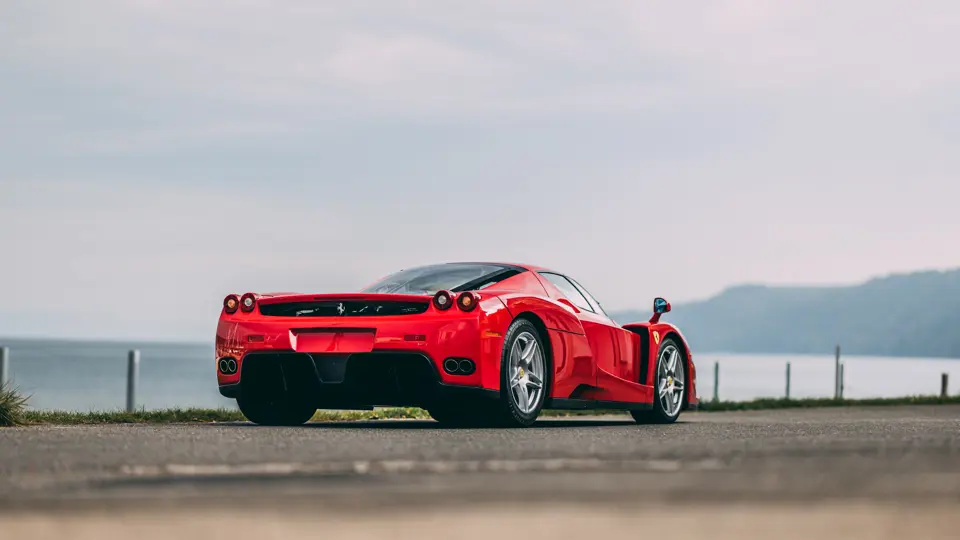
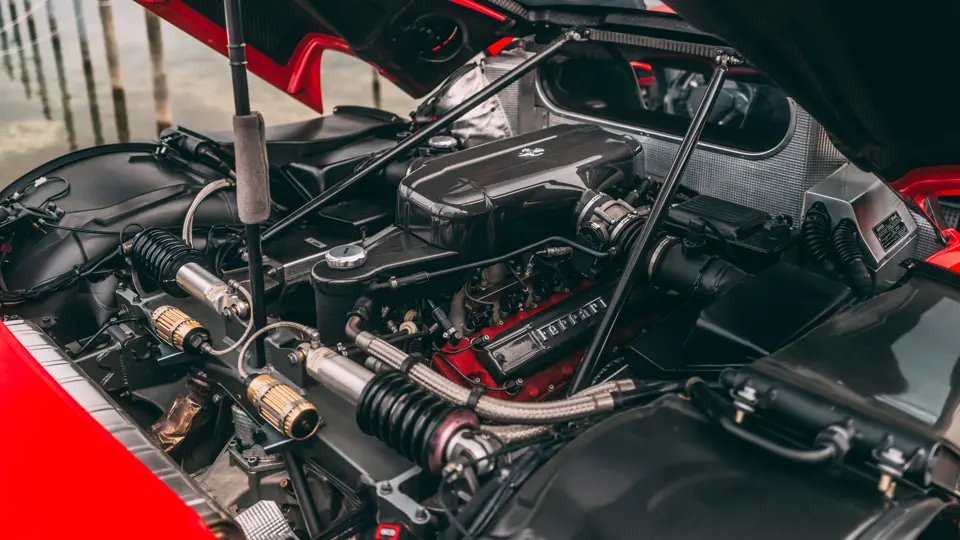


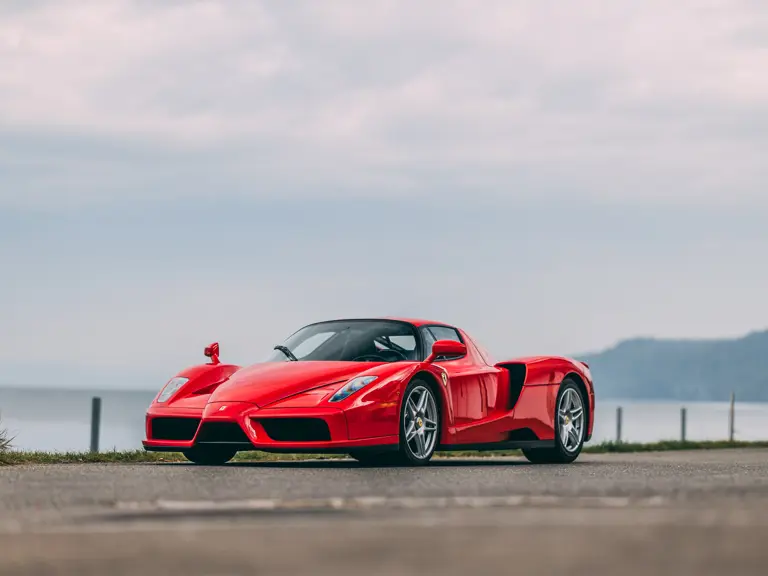
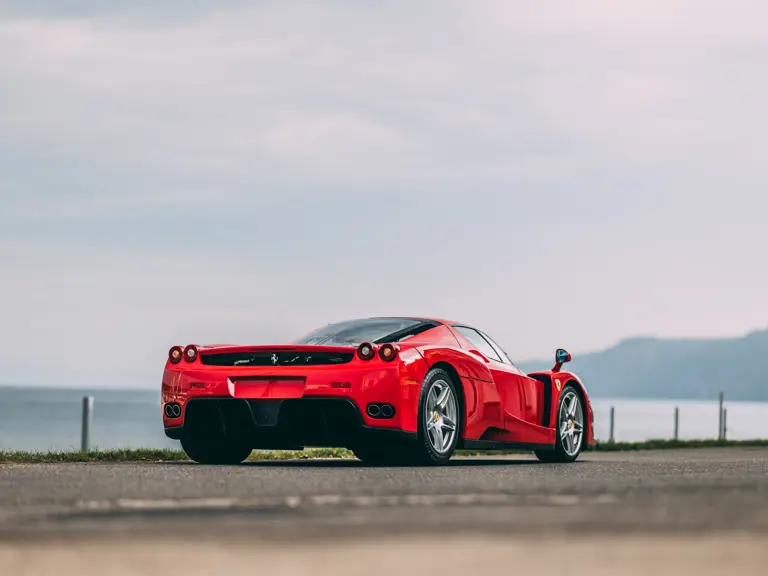
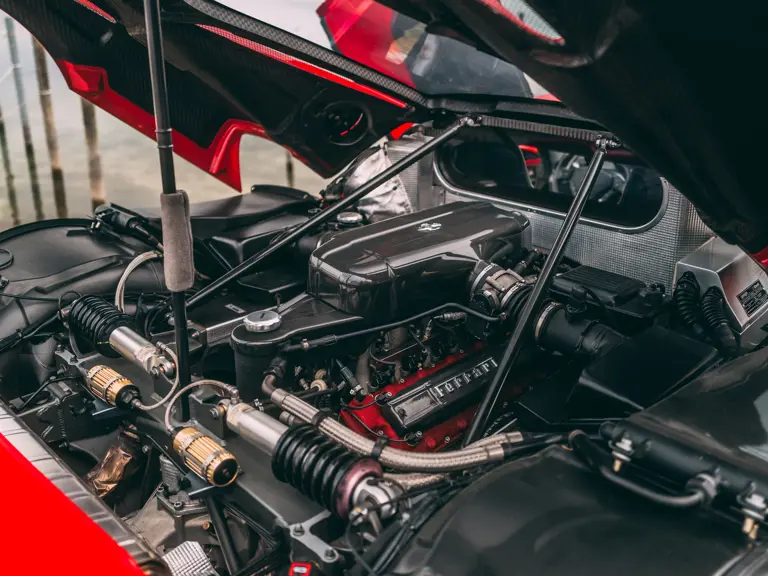
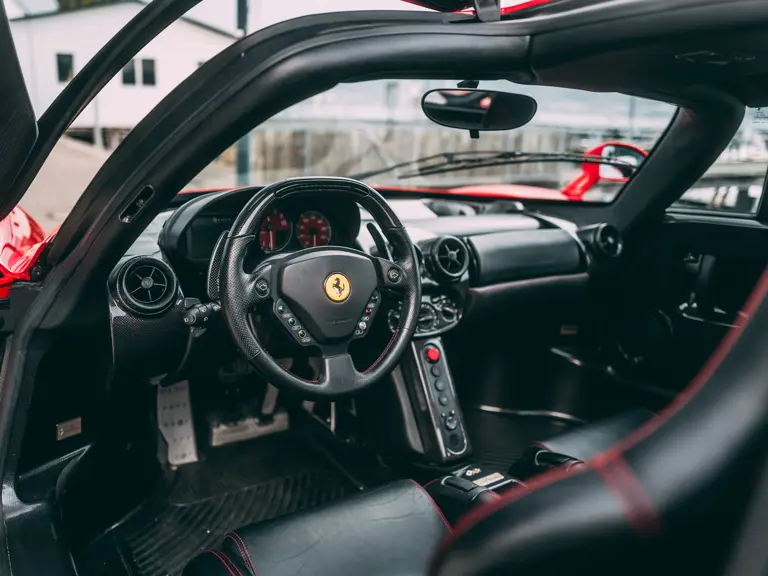
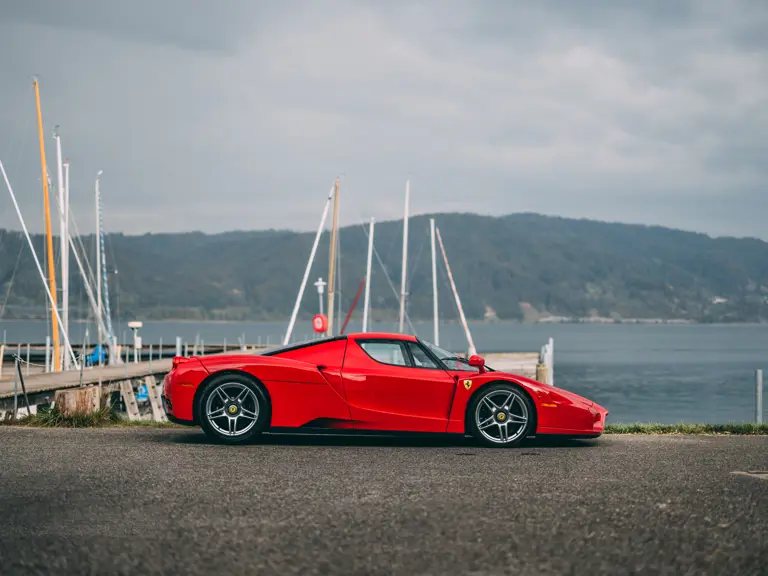
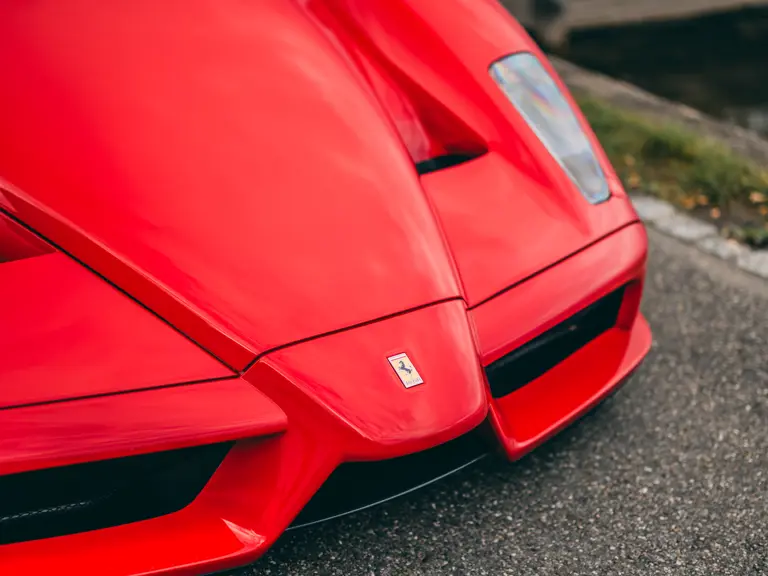
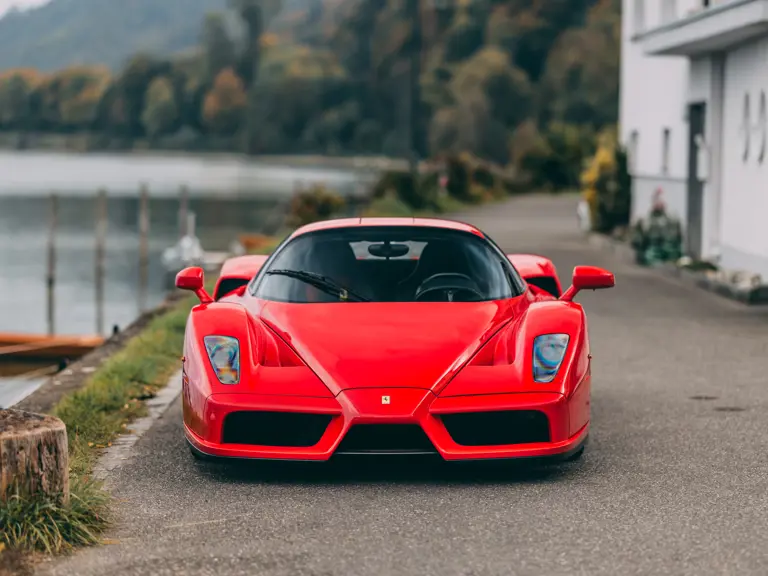
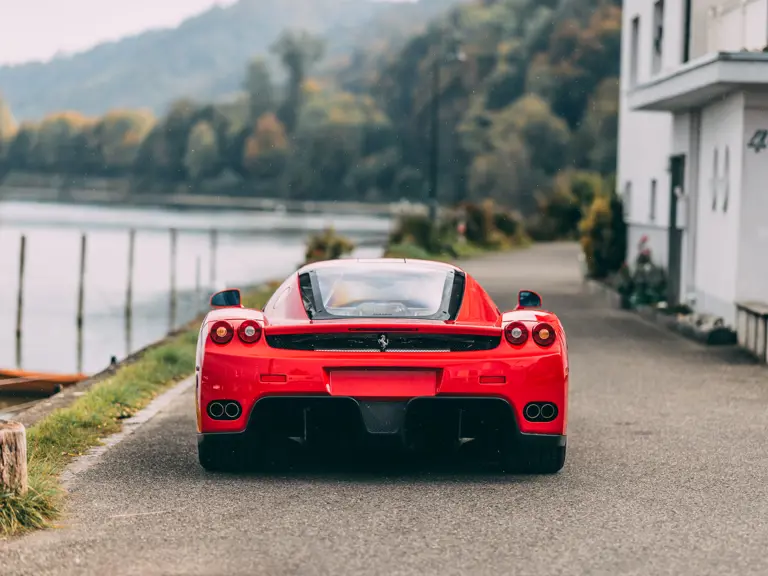
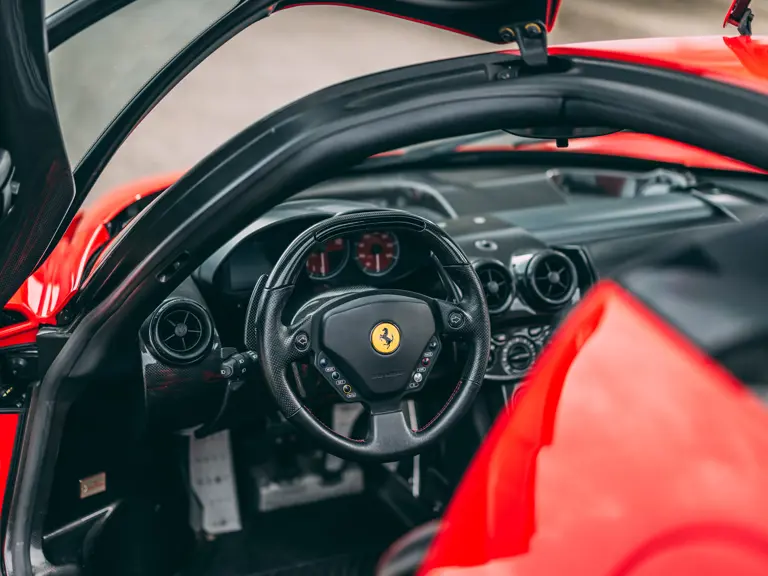
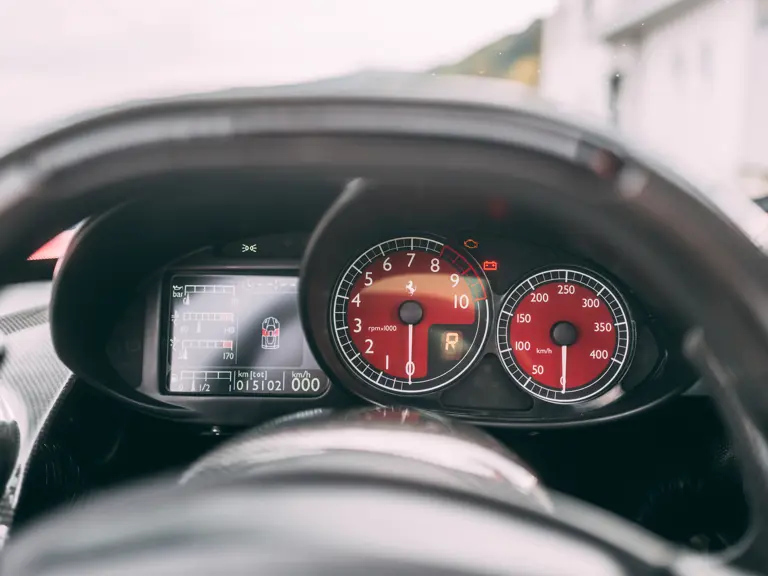

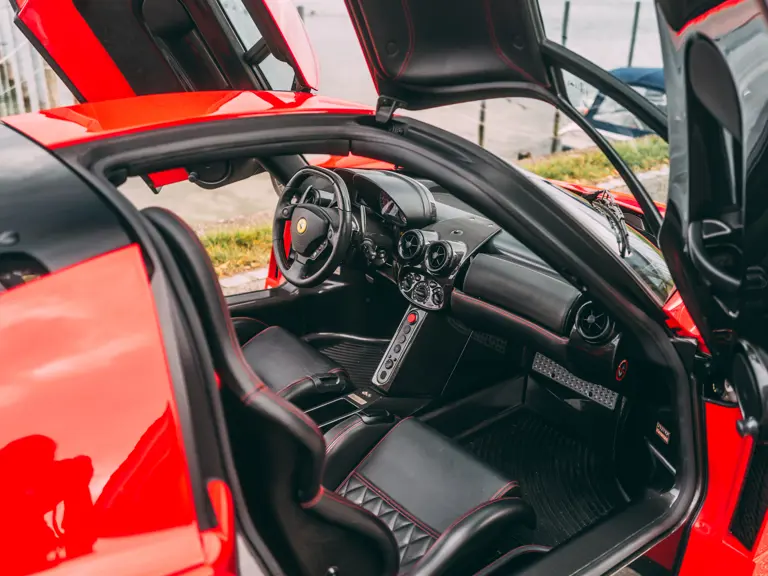
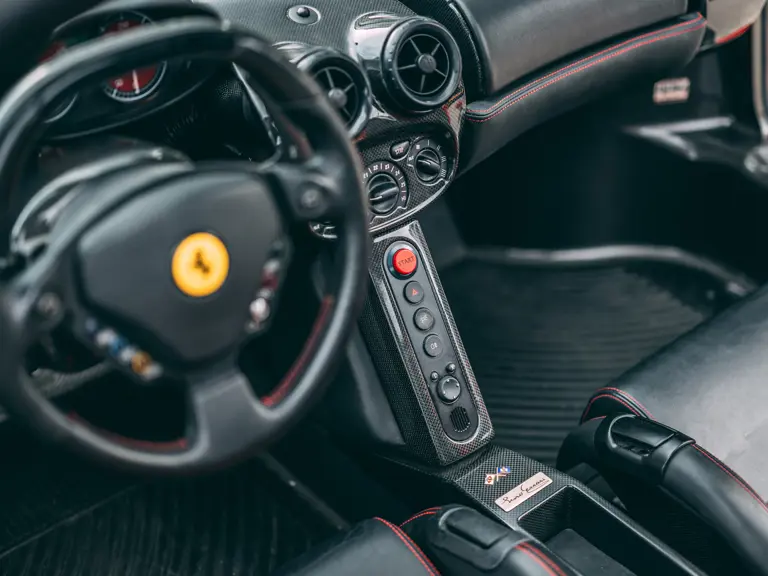
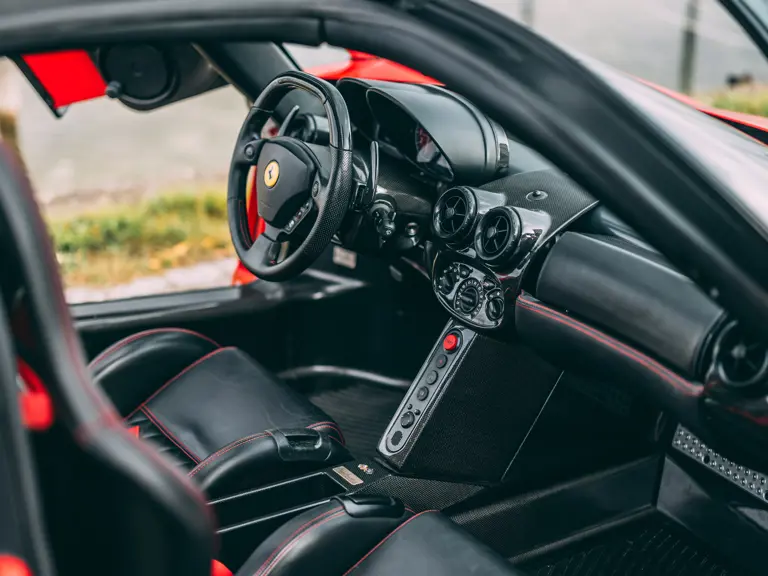
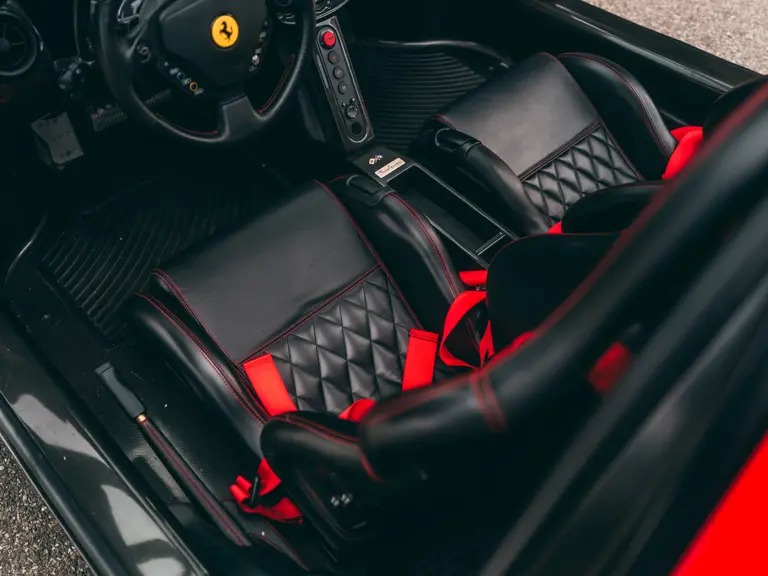
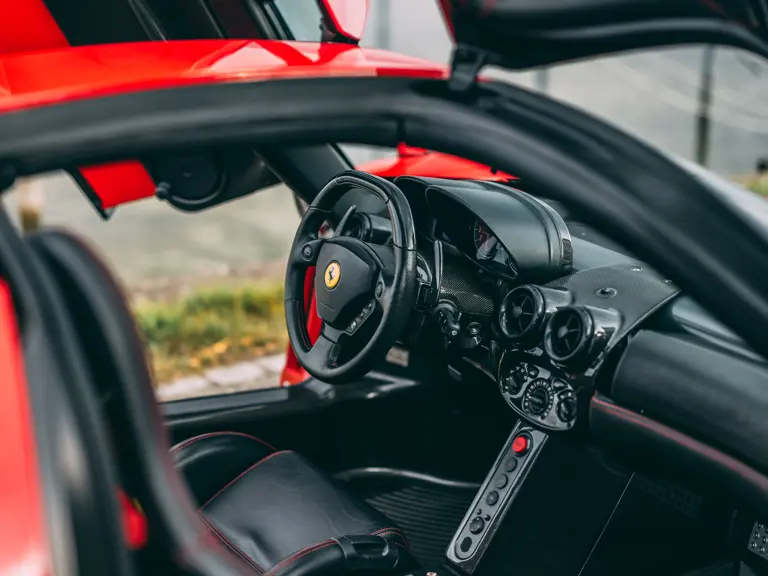
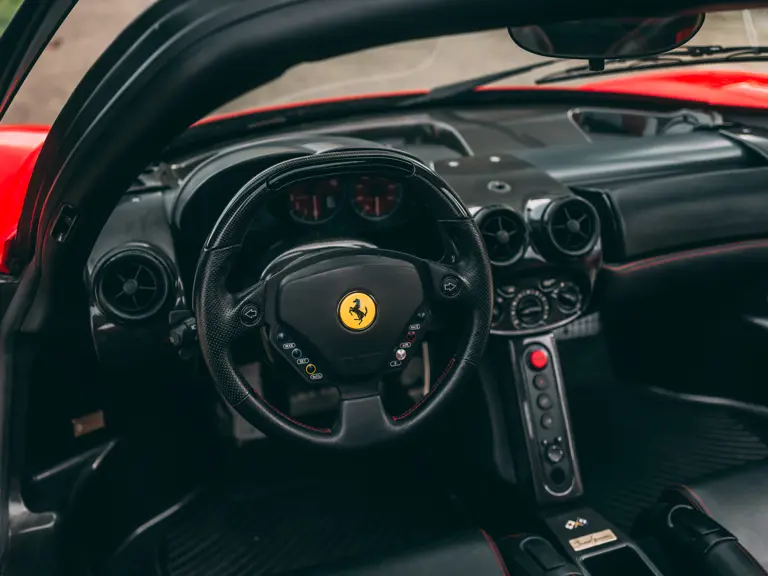
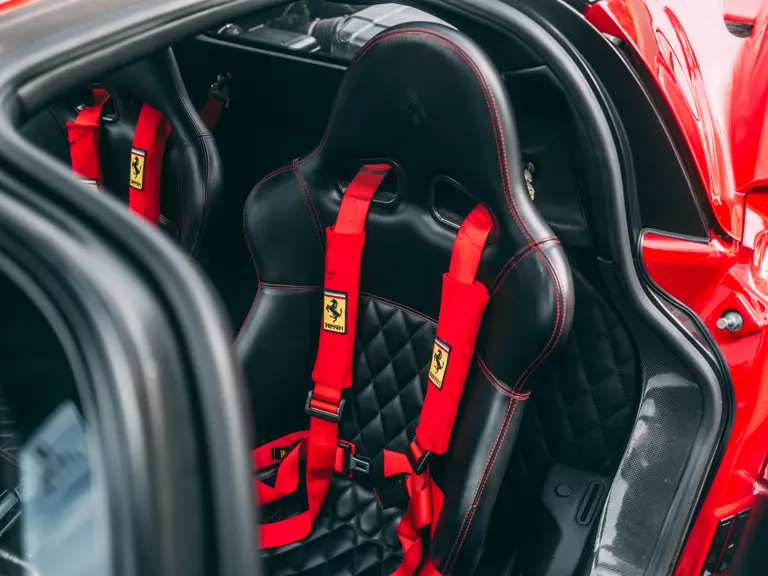

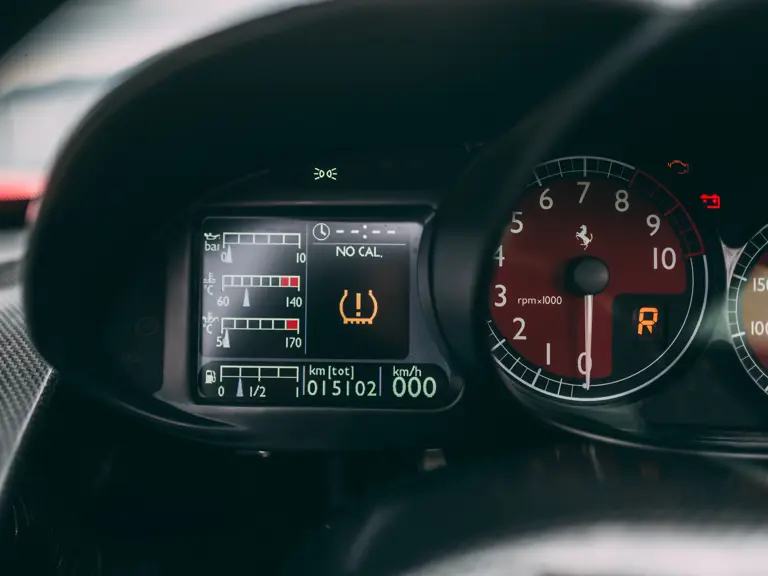
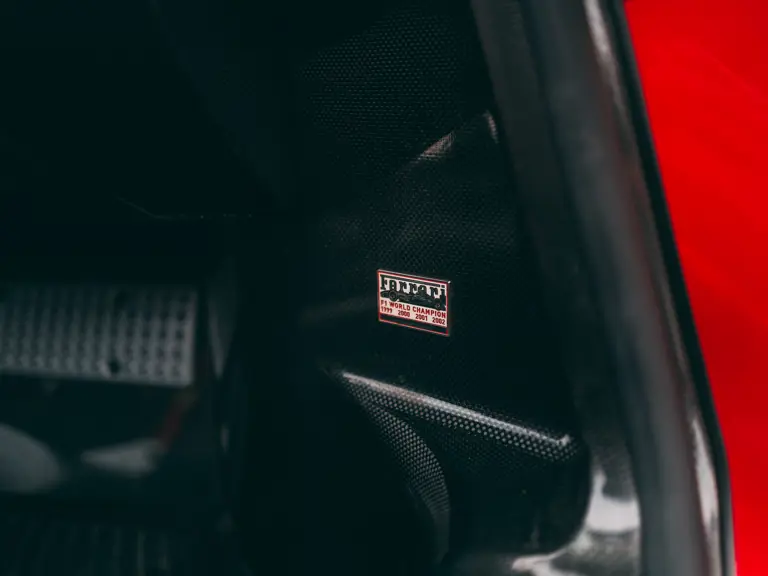
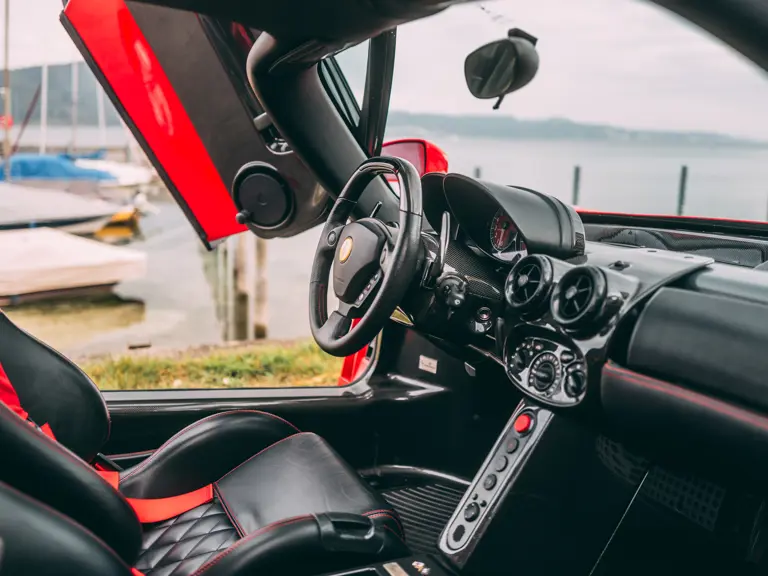
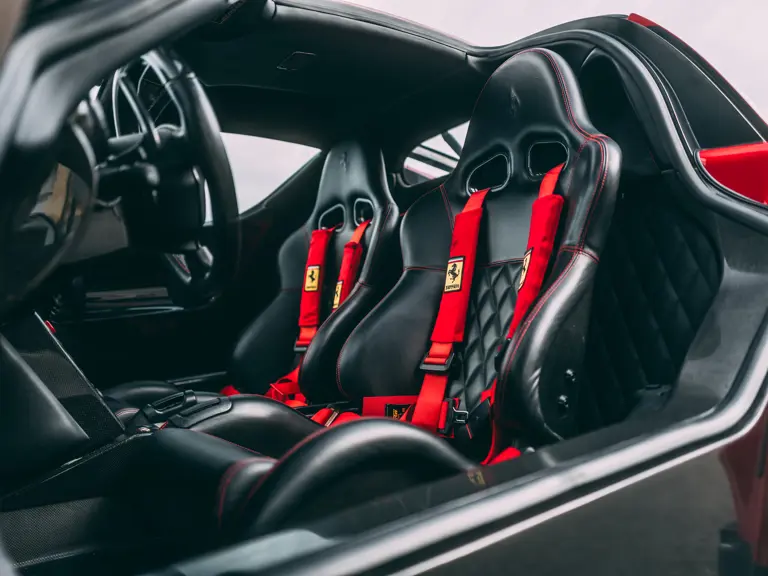
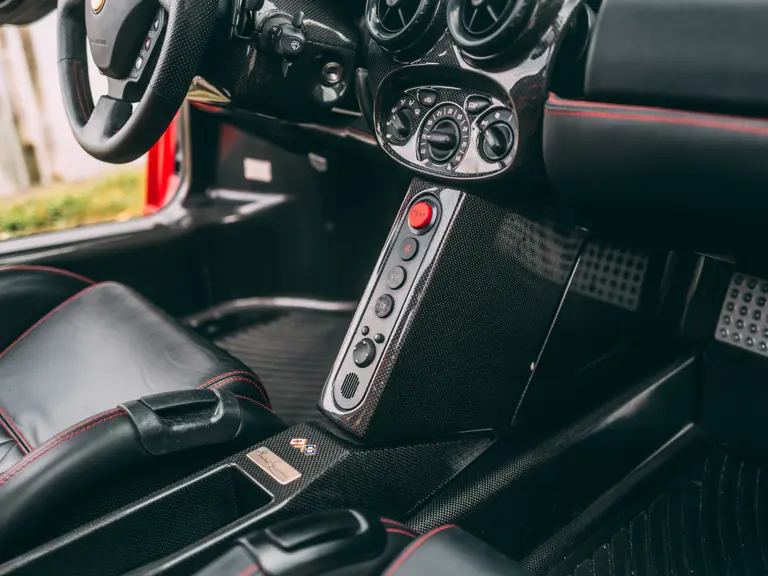
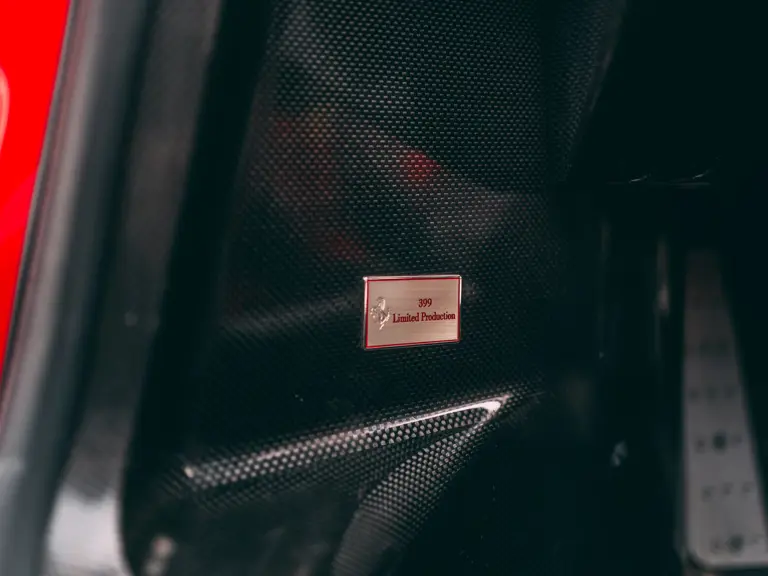
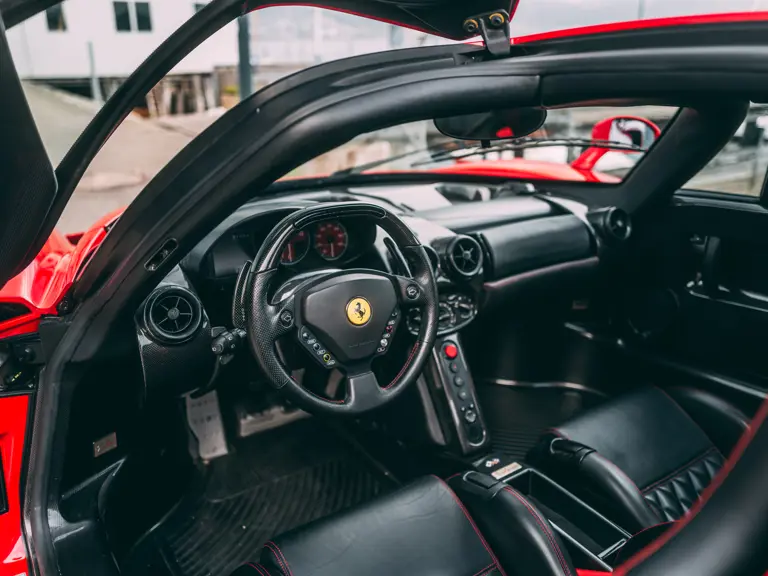
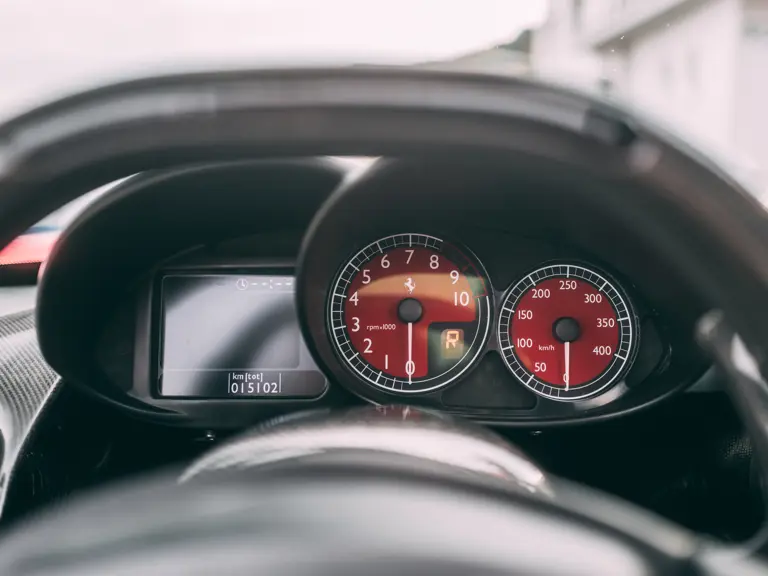
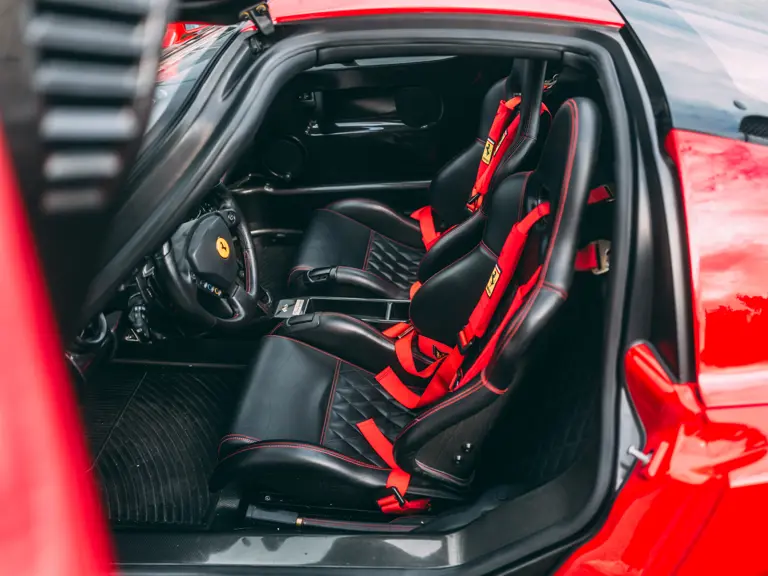
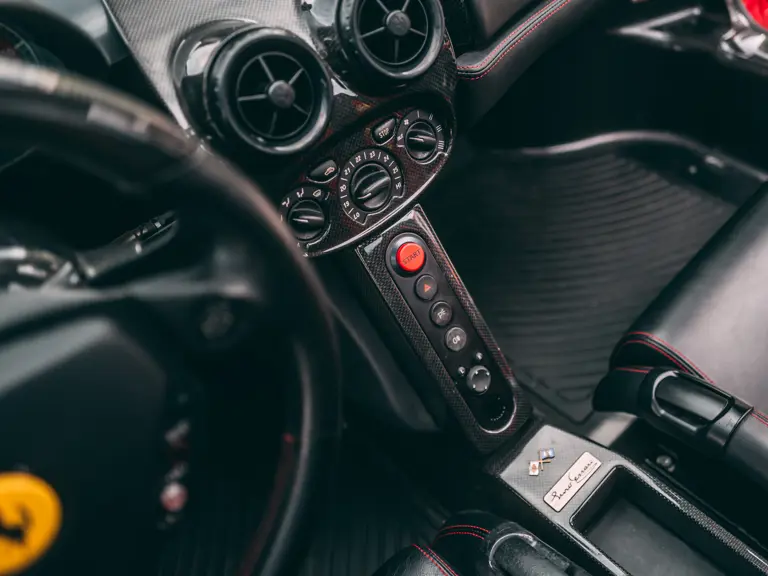
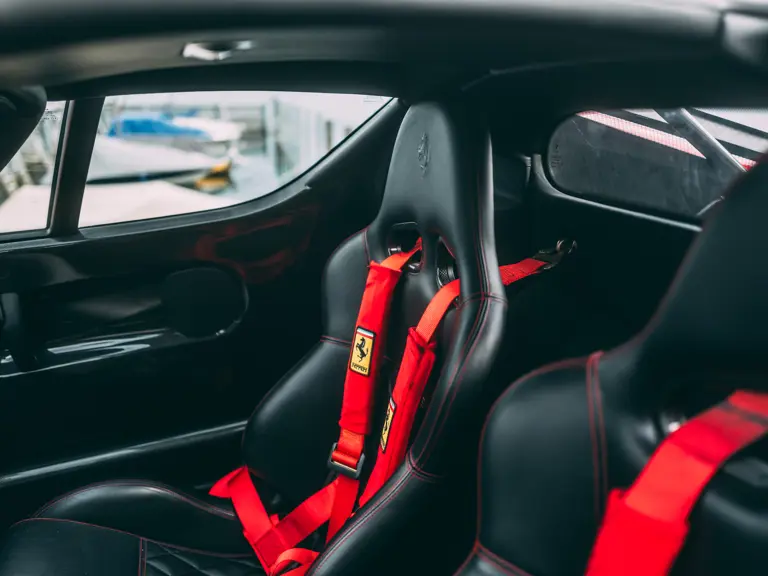
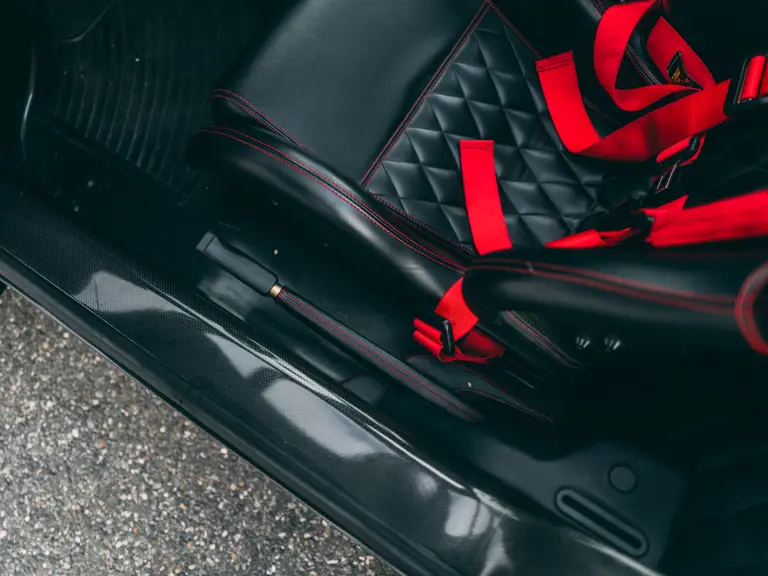
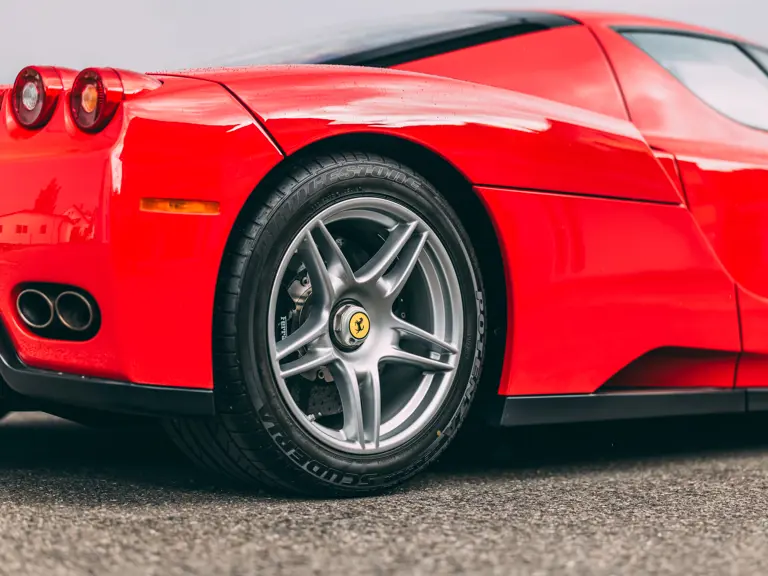
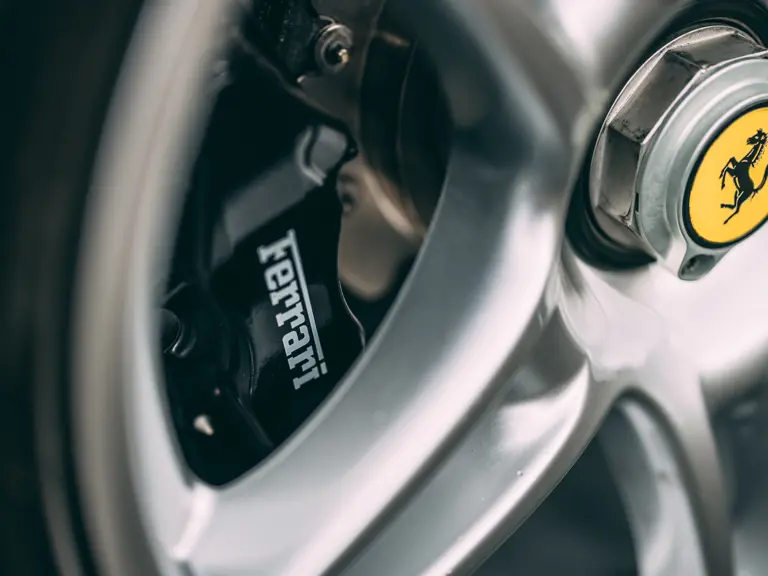
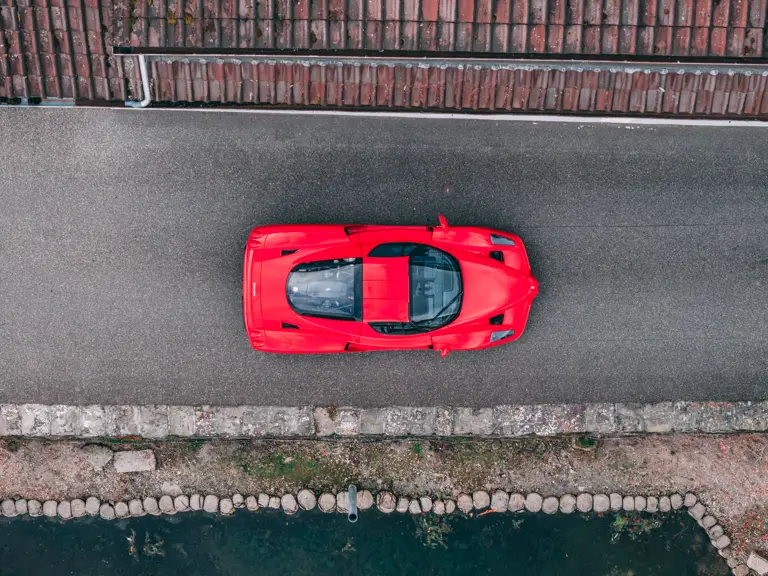


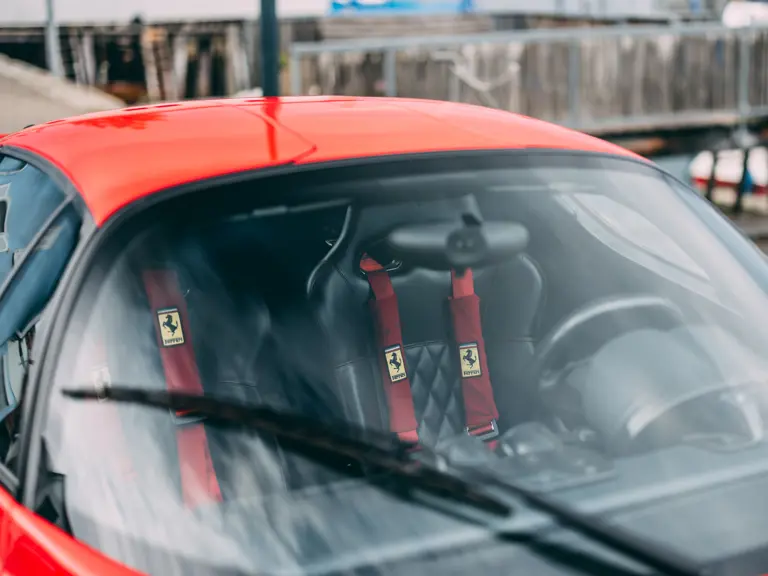
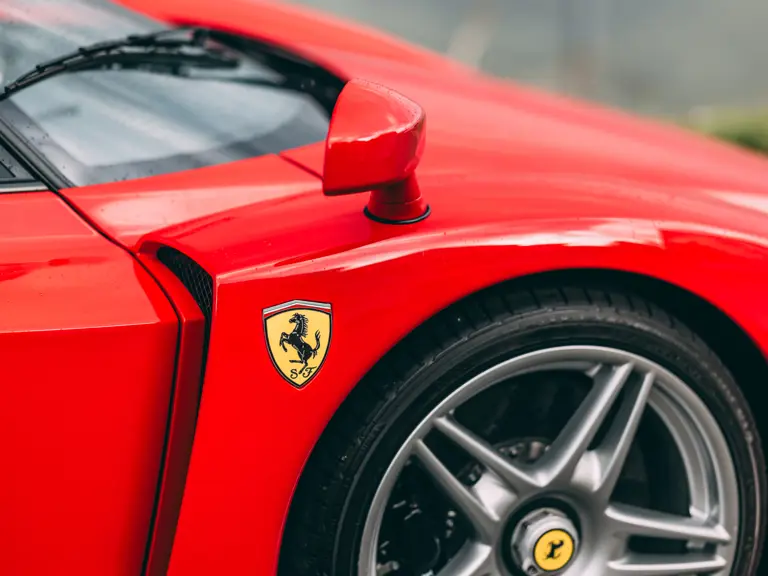
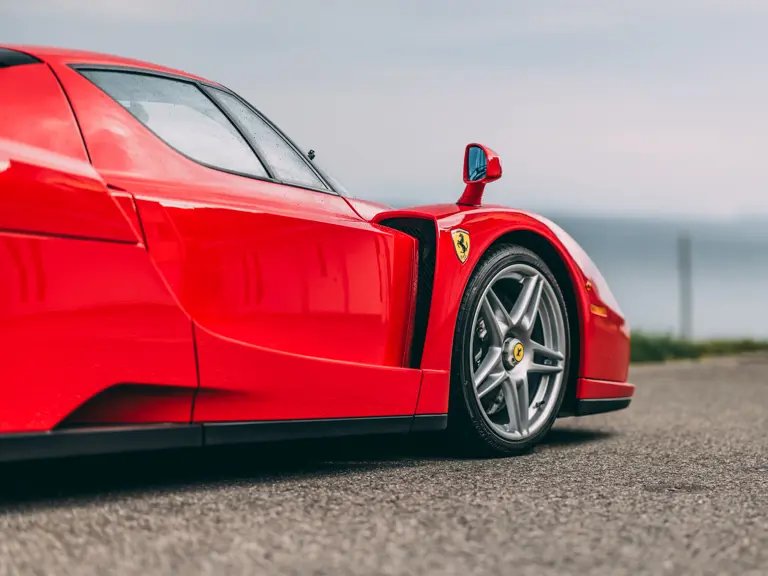
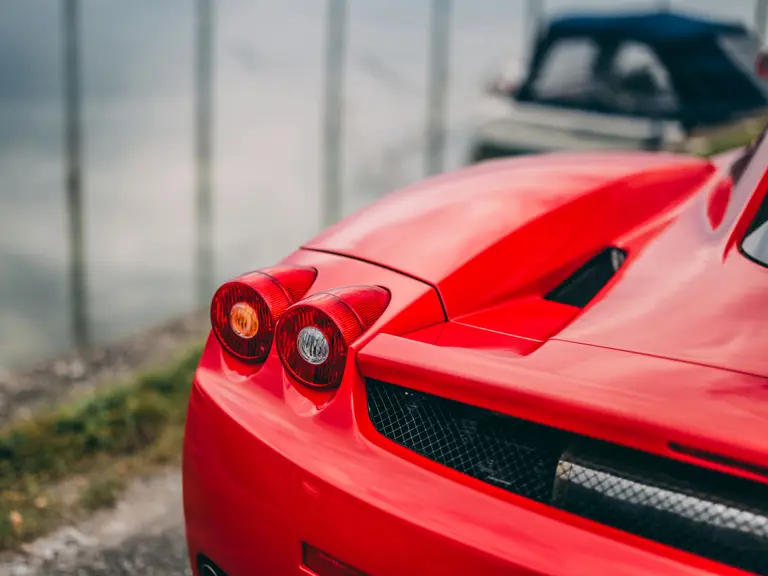
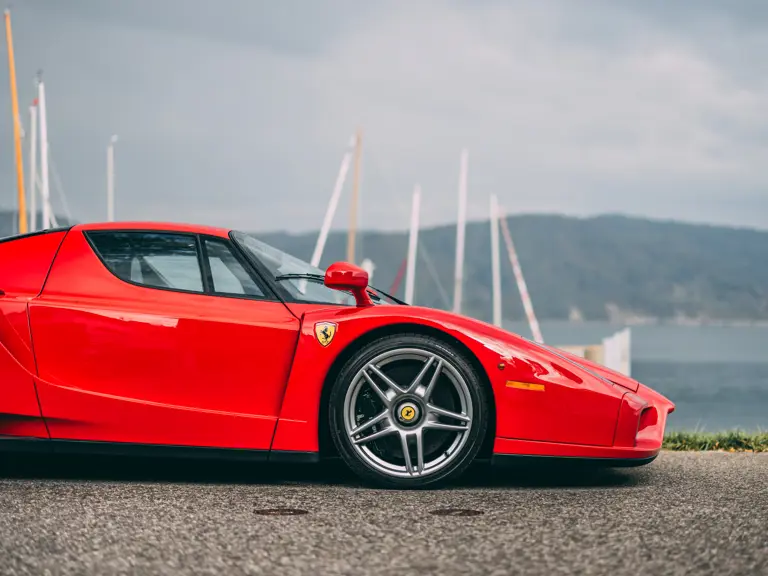
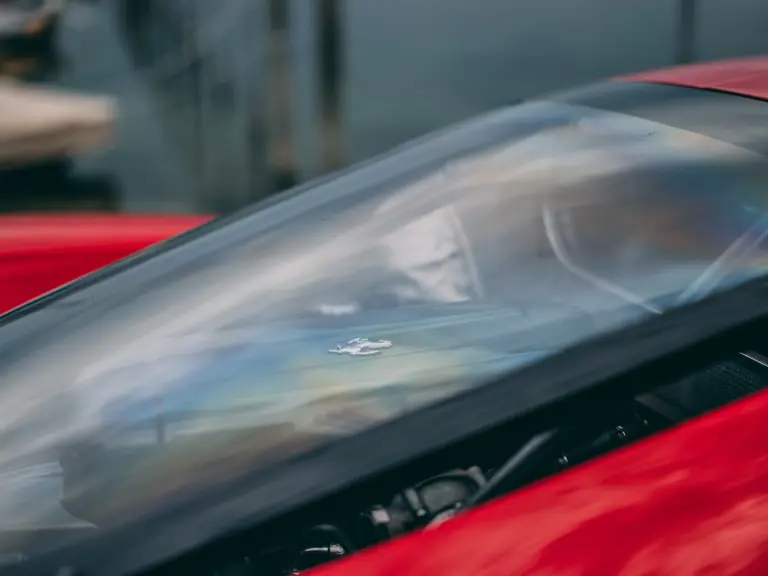
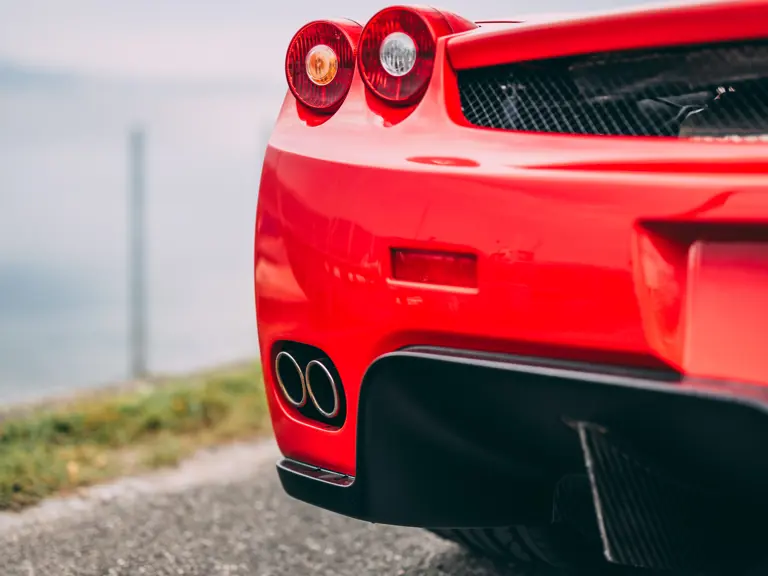
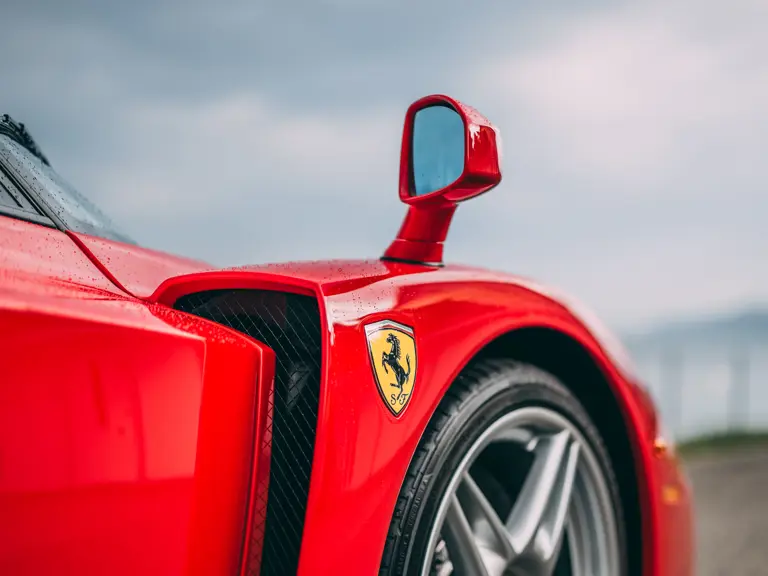
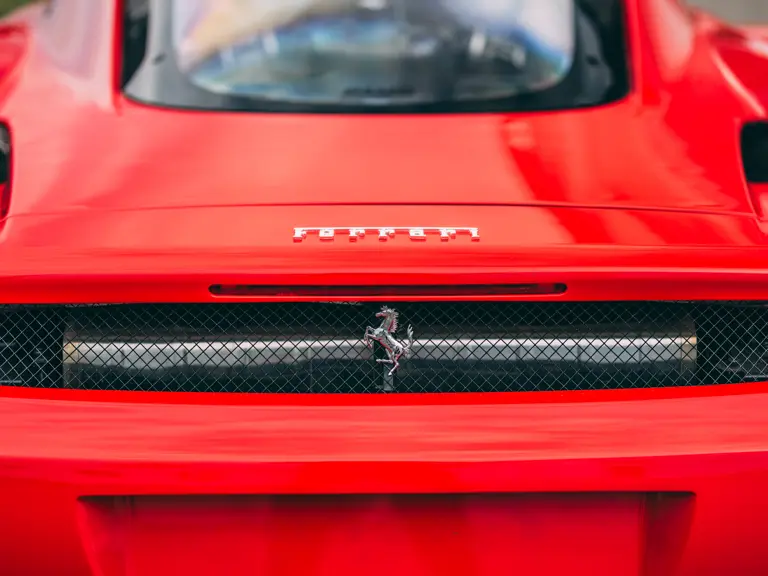
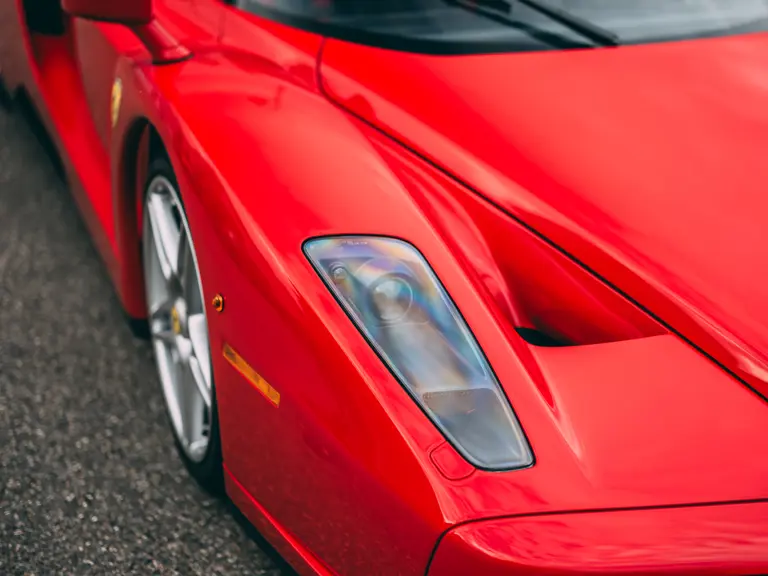
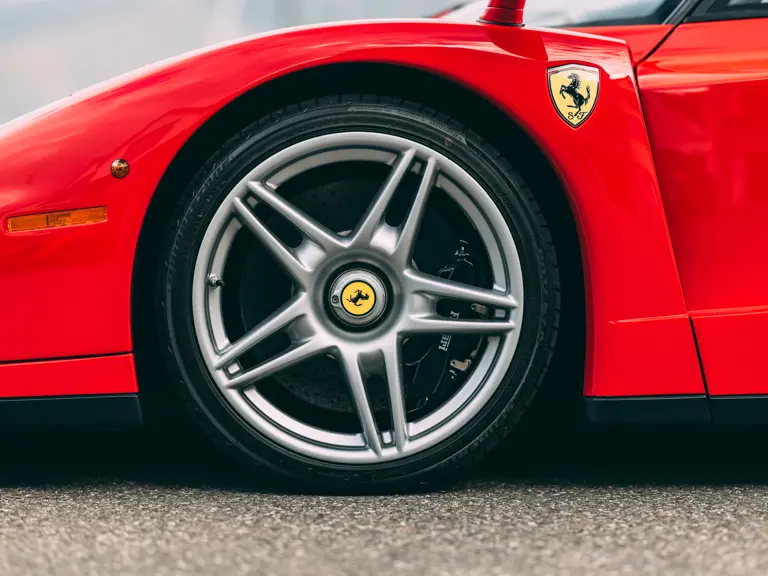
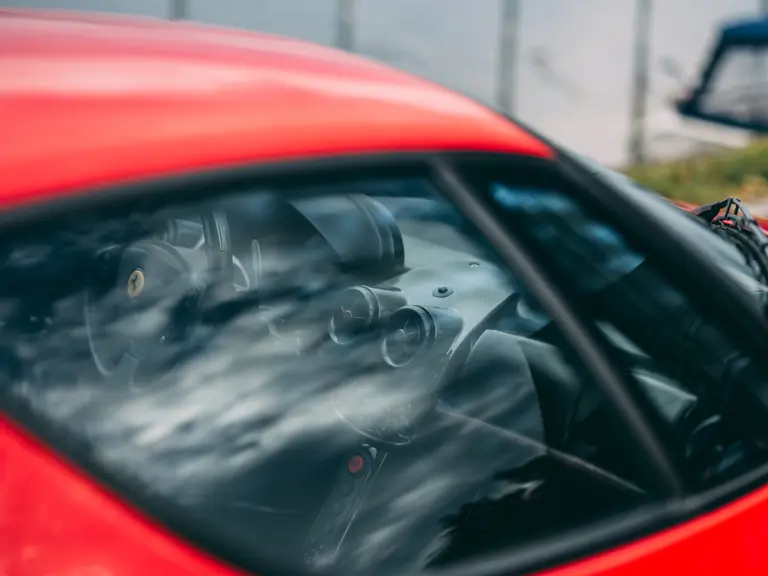
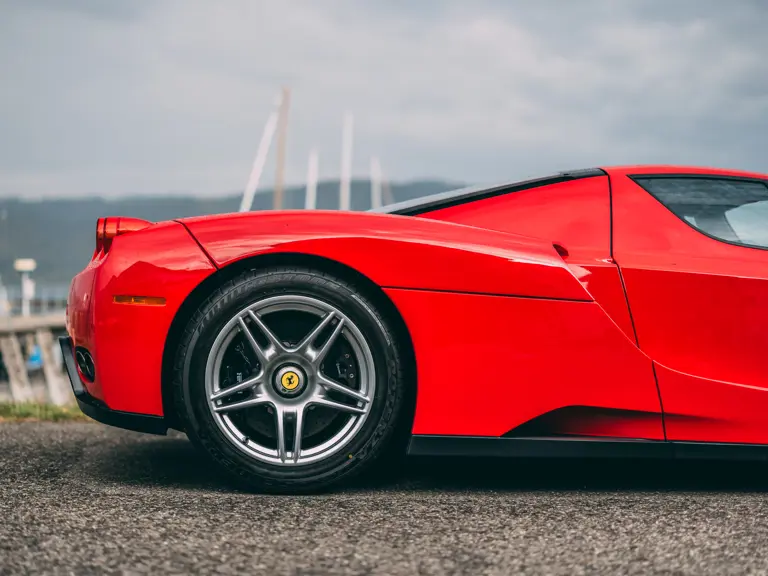
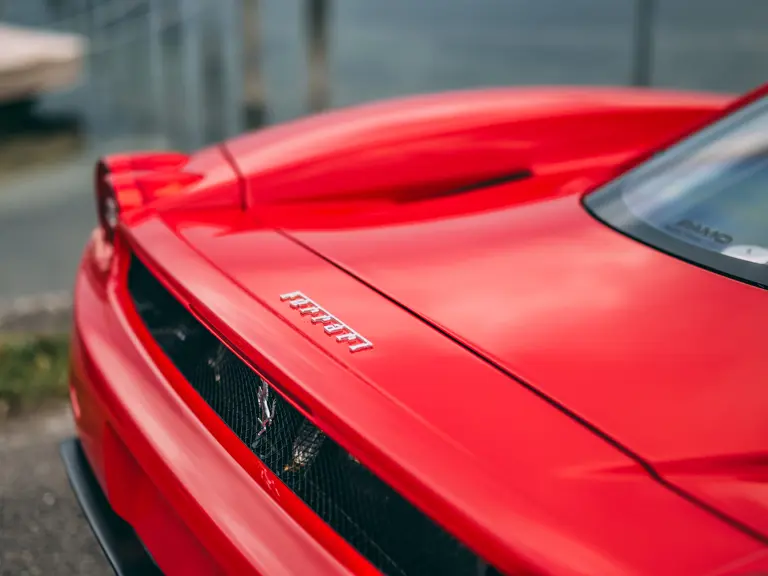
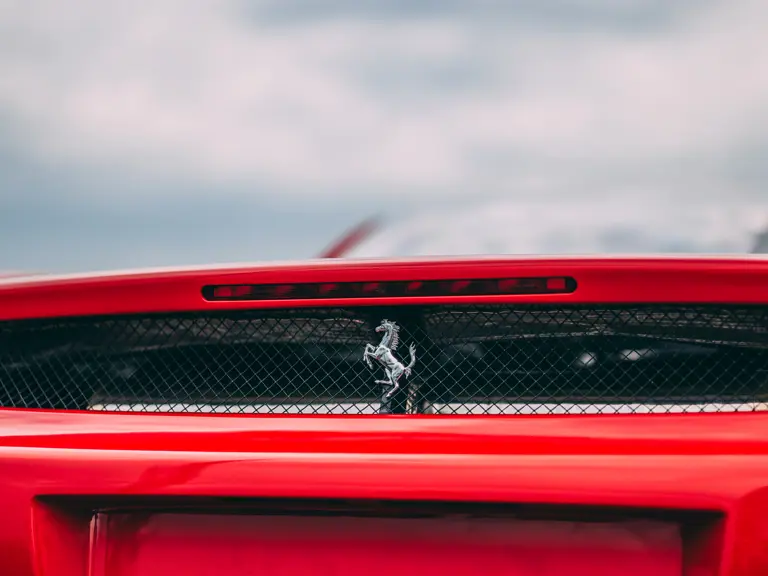
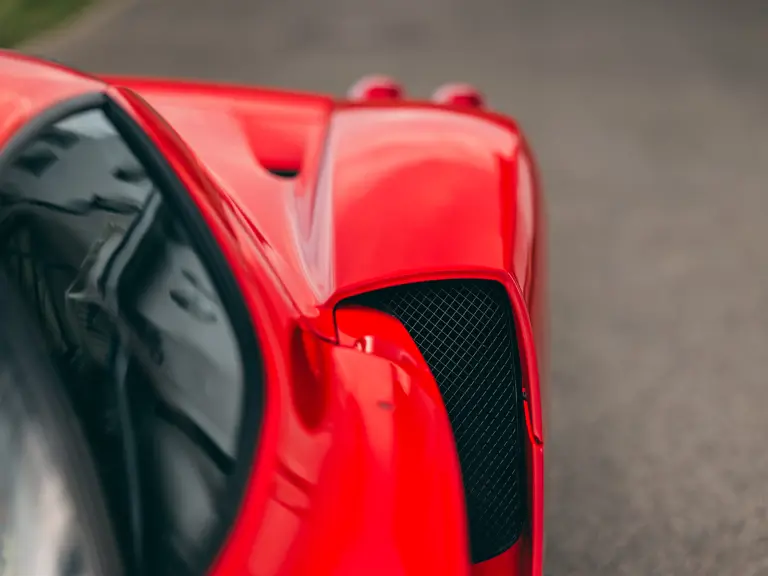
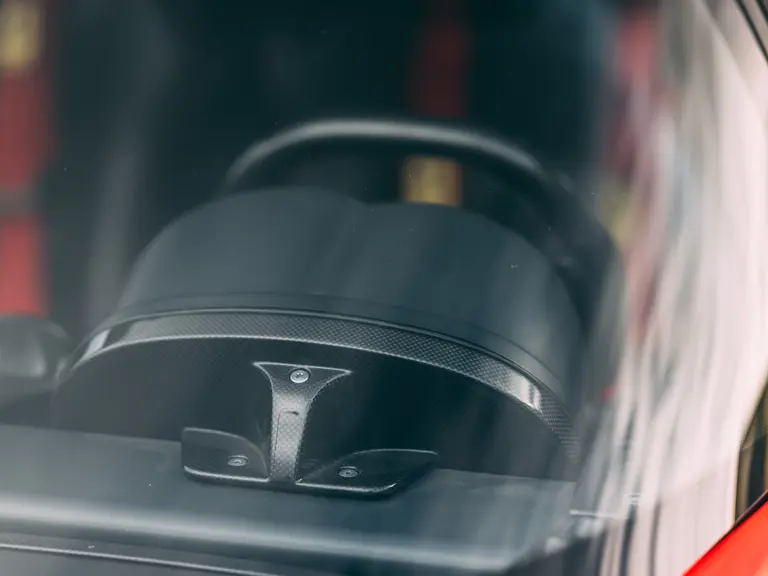
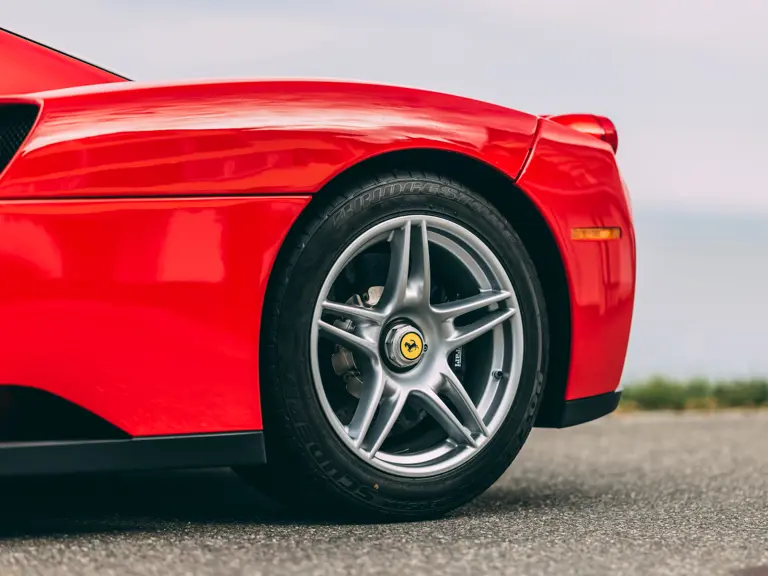

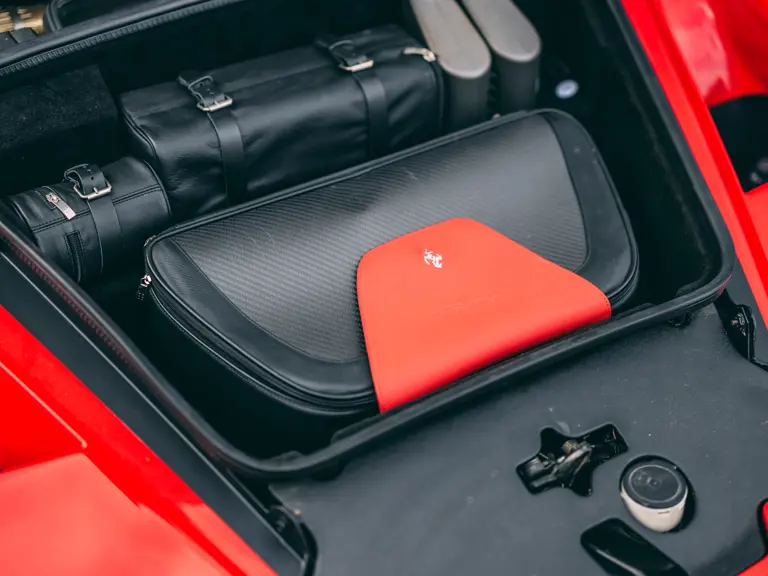
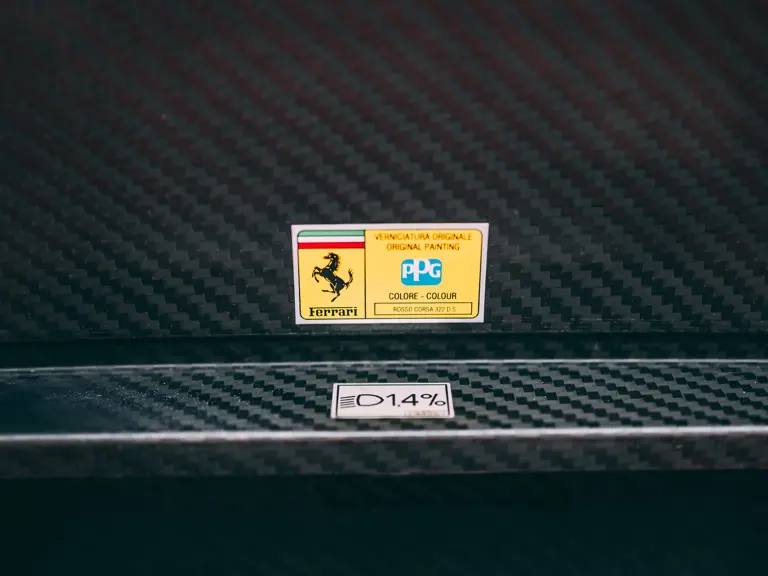

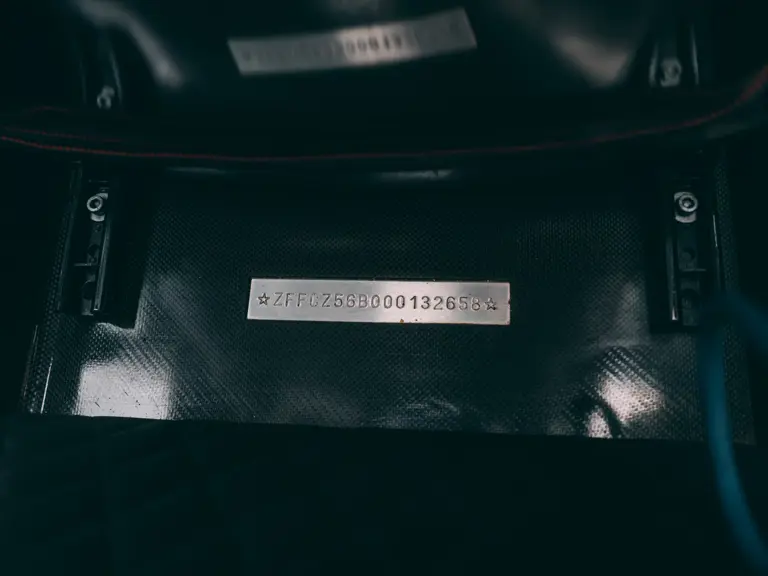

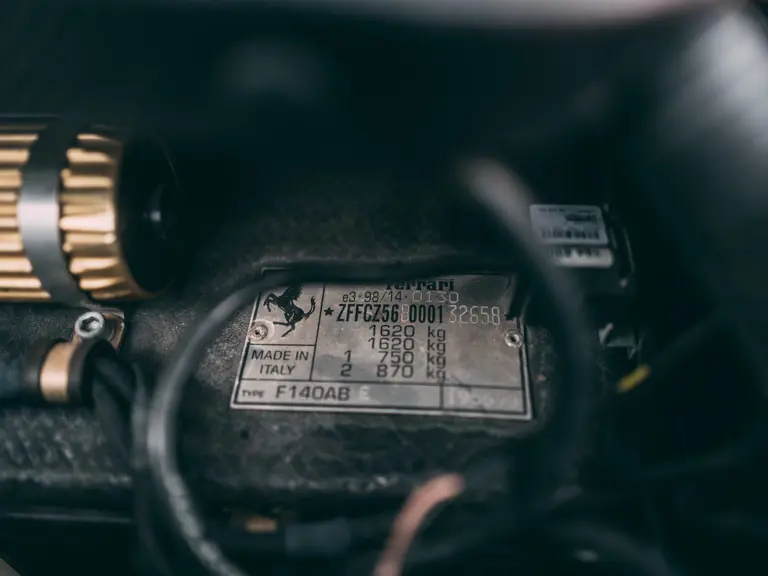
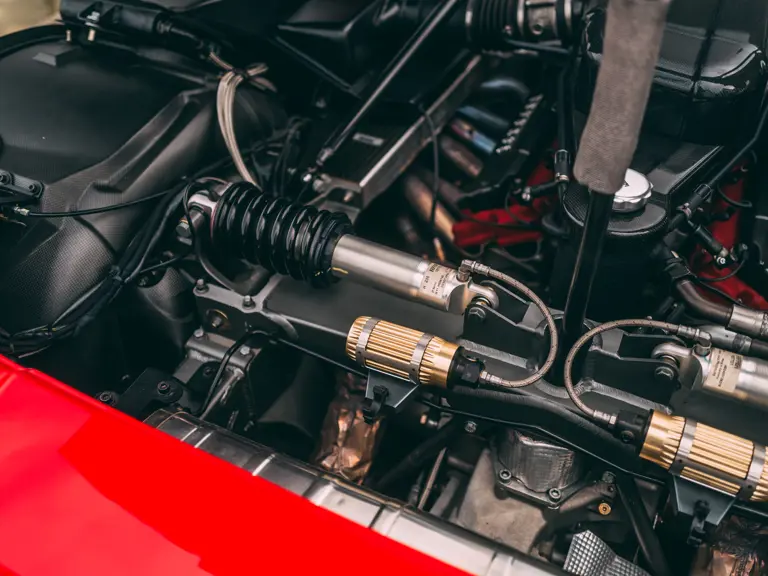

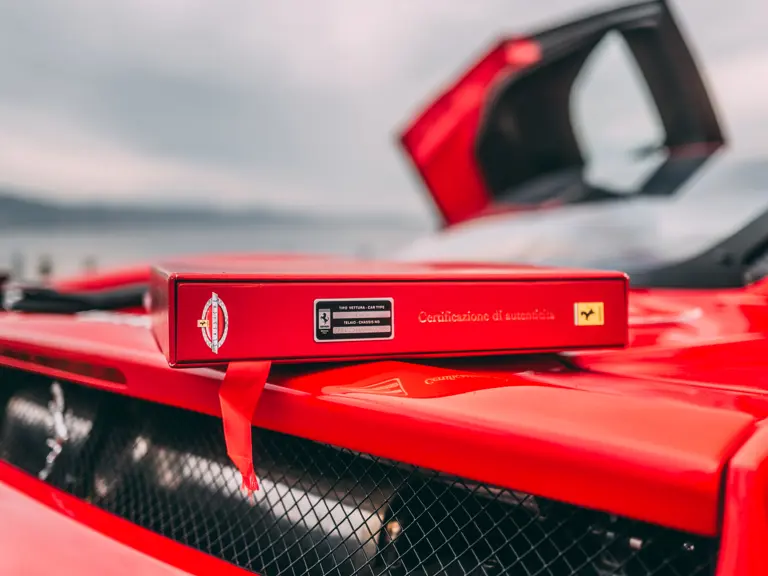
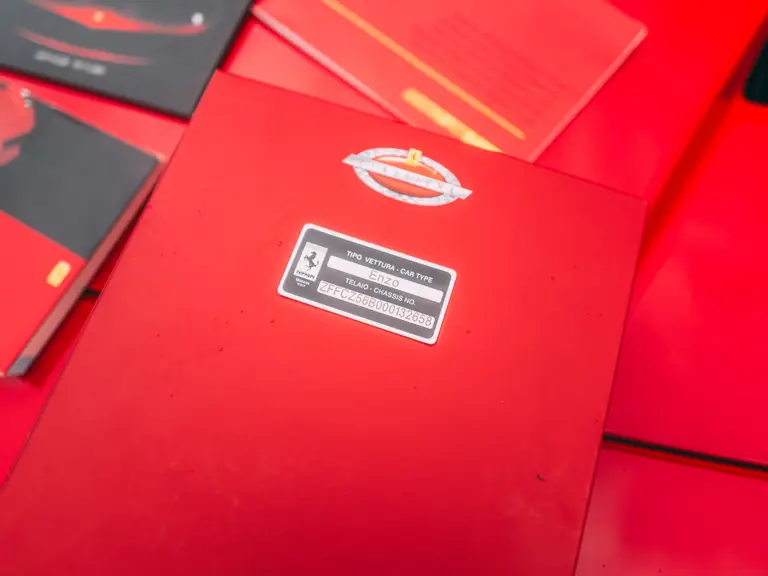
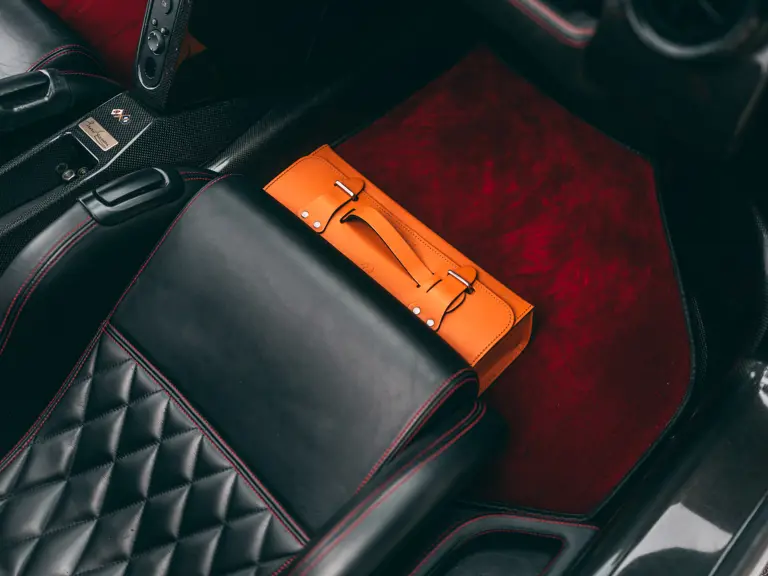
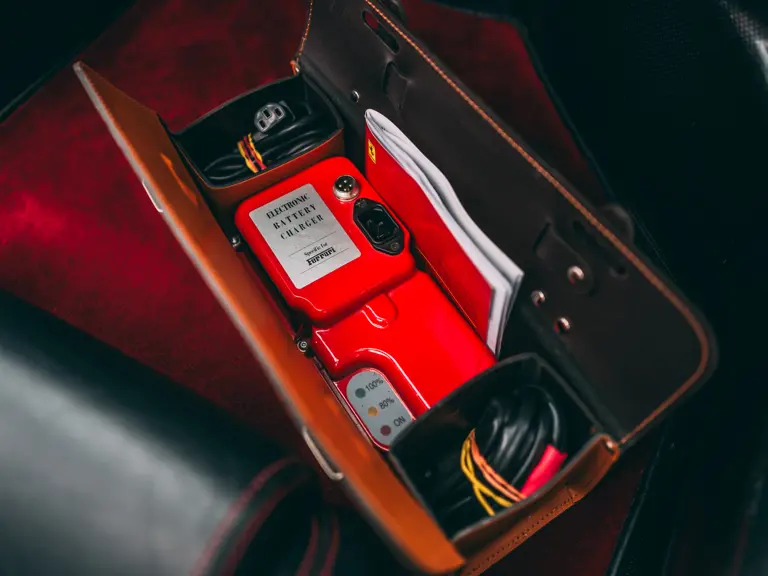
 | Paris, France
| Paris, France
